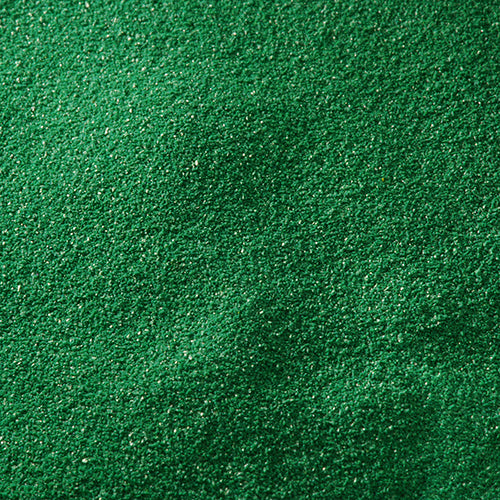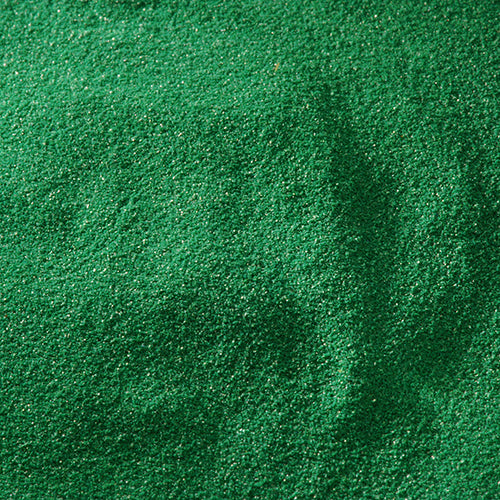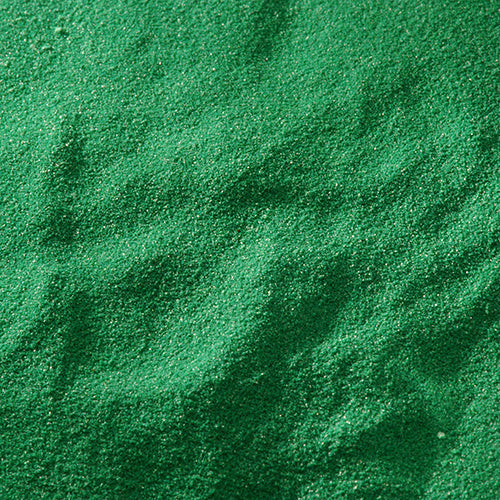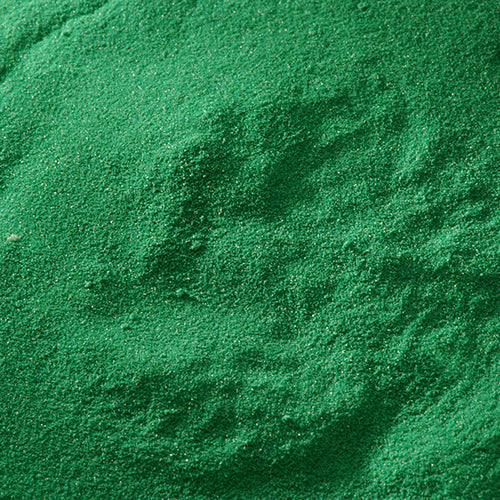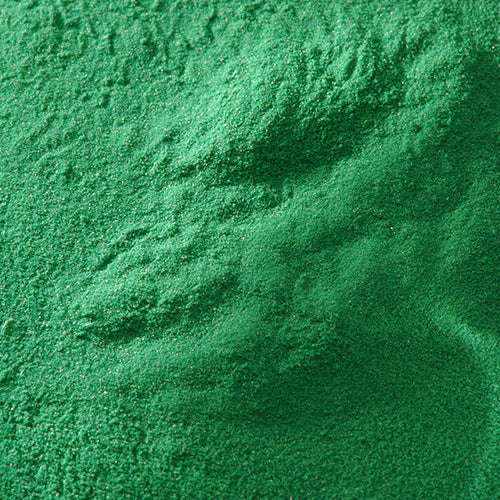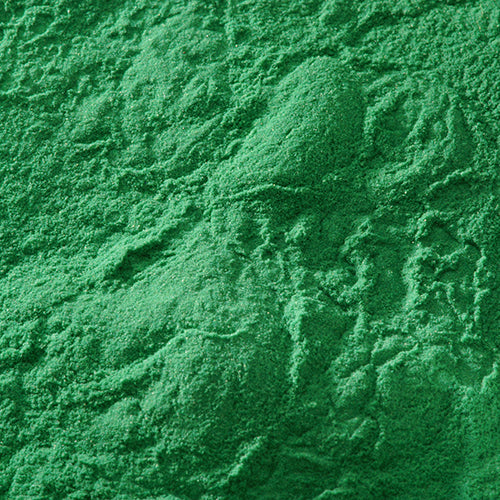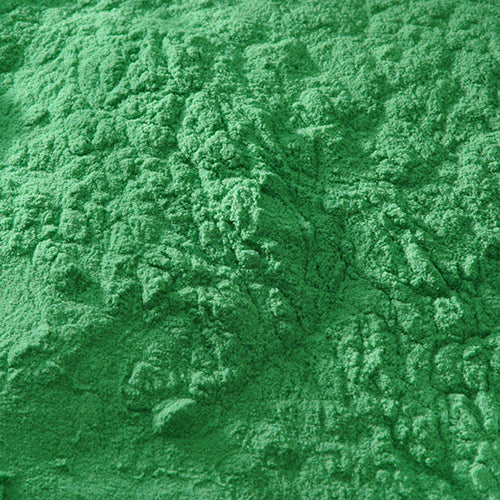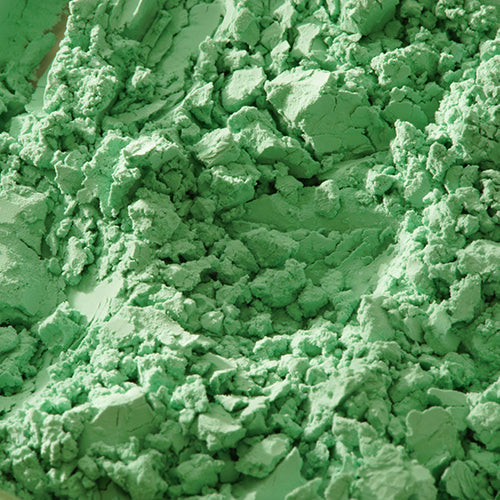Kyojyo Matsuba-Rokusho
Brand:
ナカガワ胡粉|NAKAGAWA GOFUN ENOGU
| amount/size | price | |
|---|---|---|
| 5 (15g) | JPY 770 tax in |
quantity
|
| 6 (15g) | JPY 770 tax in |
quantity
|
| 7 (15g) | JPY 770 tax in |
quantity
|
| 8 (15g) | JPY 770 tax in |
quantity
|
| 9 (15g) | JPY 770 tax in |
quantity
|
| 10 (15g) | JPY 770 tax in |
quantity
|
| 11 (15g) | JPY 770 tax in |
quantity
|
| 12 (15g) | JPY 770 tax in |
quantity
|
| 13 (15g) | JPY 770 tax in |
quantity
|
| Byaku (15g) | JPY 770 tax in |
quantity
|
Couldn't load pickup availability
Free shipping to Japan for orders of JPY 20,000 excluding tax or more.

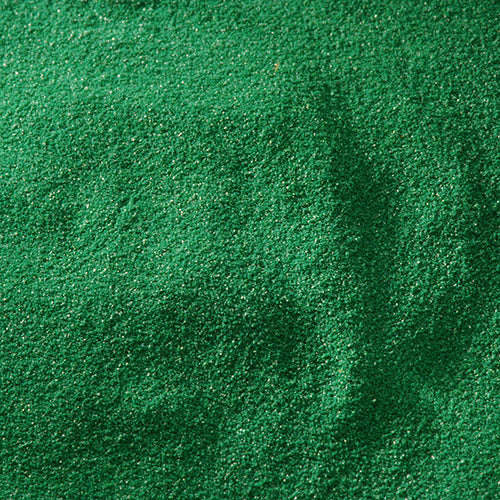

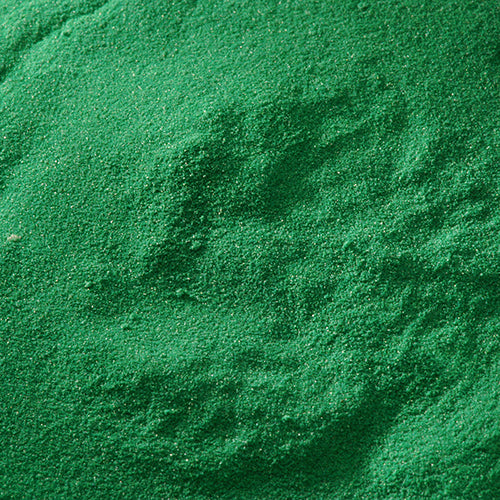
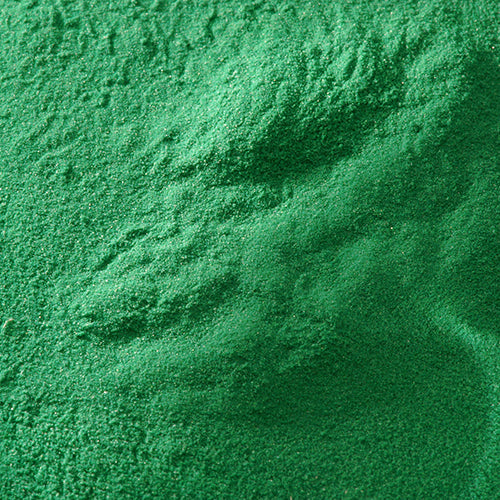
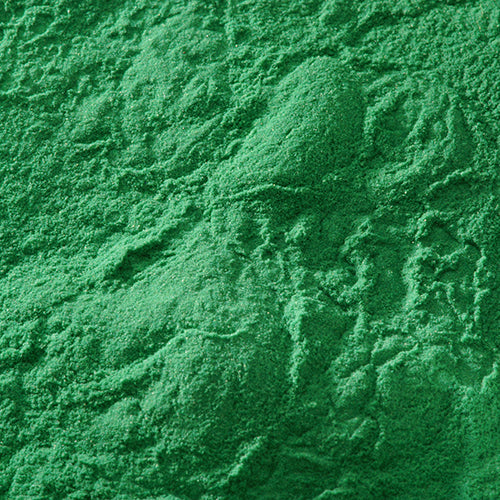
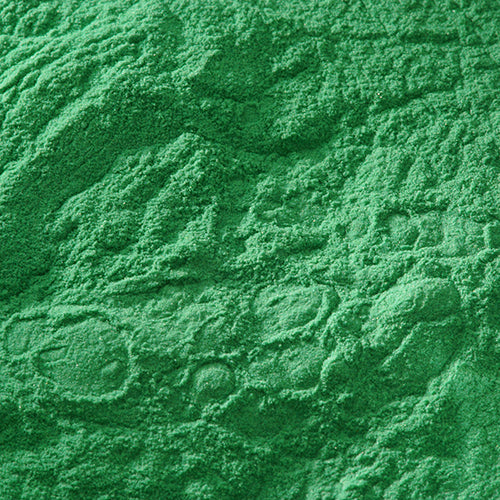
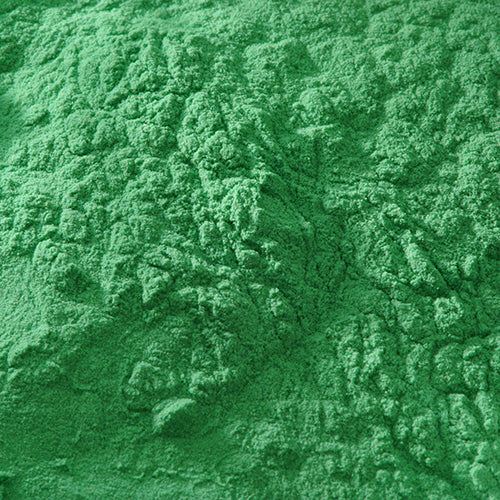
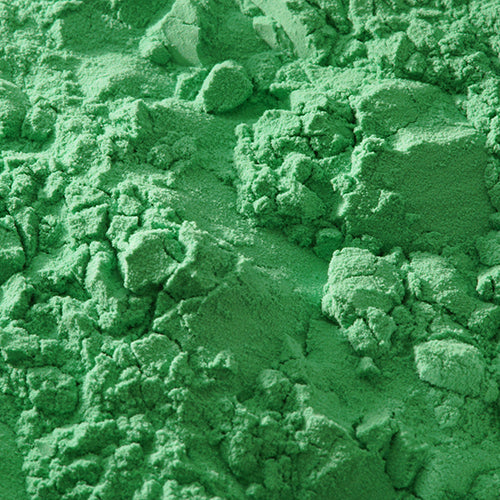
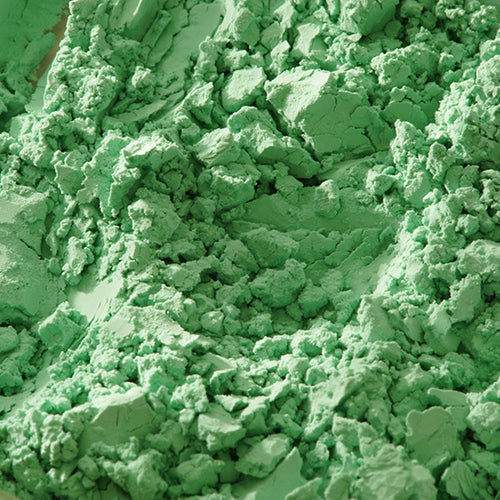
Description
Today, world-wide environmental issues of lead contamination have raised the demand for development and manufacture of lead-free pigments that can take place the artificial mineral pigments.
Kyo-jo mineral pigments (京上岩絵具, Kyo-jo Iwa-enogu) are the next-generation paint color that has fine-decorativeness, safety and durability for environmental pollution gases as well as preventing environmental pollution.
These environmental-friendly lead-free pigments are expected to use not only for Japanese paintings but also for the protection of external color for preservation of cultural properties including temple architecture.
Unlike Tennen (natural) mineral pigment and Shin-iwa (artificial) mineral pigment, the specific gravity of all pigments is the same, making it possible to mix colors evenly.
As the particle size changes, so does the color tone, with coarse No. 5 being the darkest and the whiteness increasing as the particle size becomes finer.
Since the particle size and specific gravity vary from one mineral pigment to another, the mineral pigments are basically used as a single color.
It also does not dissolve when mixed with water or solvents, and has a grainy, sand-like texture.
It is best used with animal glue (膠, Nikawa), but can be mixed with various painting mediums to make your own watercolors, acrylics, and other paints.
When making watercolors and oil paints, we recommend using fine-grained pigments, No.12 to byaku.
※Pigments are for painting. They are not intended for use in cosmetics, pottery glazes, or as dyes for cloth.
Kyo-jo mineral pigments (京上岩絵具, Kyo-jo Iwa-enogu) are the next-generation paint color that has fine-decorativeness, safety and durability for environmental pollution gases as well as preventing environmental pollution.
These environmental-friendly lead-free pigments are expected to use not only for Japanese paintings but also for the protection of external color for preservation of cultural properties including temple architecture.
Unlike Tennen (natural) mineral pigment and Shin-iwa (artificial) mineral pigment, the specific gravity of all pigments is the same, making it possible to mix colors evenly.
As the particle size changes, so does the color tone, with coarse No. 5 being the darkest and the whiteness increasing as the particle size becomes finer.
Since the particle size and specific gravity vary from one mineral pigment to another, the mineral pigments are basically used as a single color.
It also does not dissolve when mixed with water or solvents, and has a grainy, sand-like texture.
It is best used with animal glue (膠, Nikawa), but can be mixed with various painting mediums to make your own watercolors, acrylics, and other paints.
When making watercolors and oil paints, we recommend using fine-grained pigments, No.12 to byaku.
※Pigments are for painting. They are not intended for use in cosmetics, pottery glazes, or as dyes for cloth.

